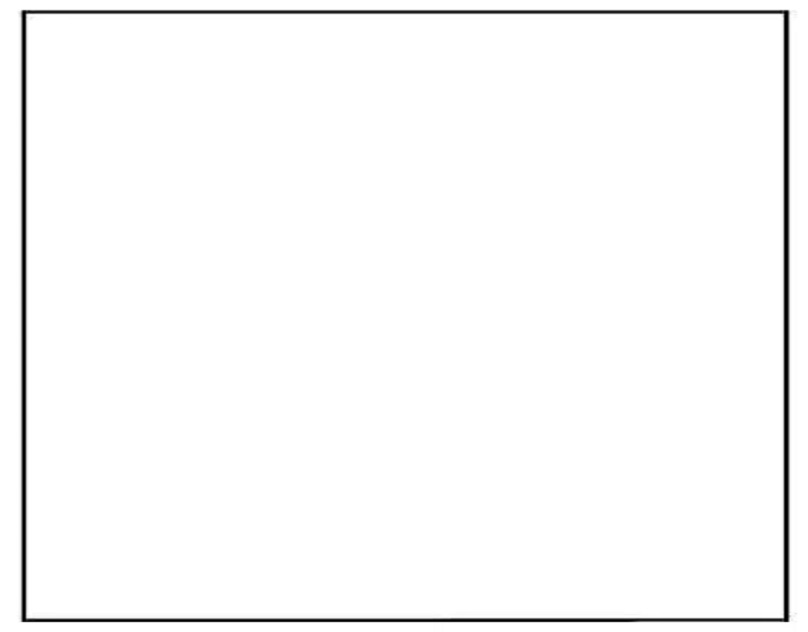Credit card receipts play a crucial role in tracking your expenses, managing your finances, and ensuring the security of your accounts. Understanding how to read and verify your credit card receipt is essential to avoid discrepancies, unauthorized charges, and potential fraud. In this blog, we will guide you through the process of deciphering the information on your credit card receipt and provide tips on how to verify its accuracy.
The Anatomy of a Credit Card Receipt
Before we dive into the verification process, let’s familiarize ourselves with the typical elements you’ll find on a credit card receipt:
-
Merchant Information: This section includes the name of the business, location, and contact details, such as the phone number.
-
Transaction Details: This is where you’ll find the date and time of the purchase, the type of transaction (purchase, refund, etc.), and the last four digits of your credit card number.
-
Transaction Amount: The most critical part of the receipt, it displays the total amount charged, including the cost of goods or services and any additional charges, like taxes or tips.
-
Authorization Code: A unique code that proves the transaction was authorized by your bank.
-
Signature: If your receipt is a paper copy, it might have a space for your signature, especially for larger transactions.
-
Card Type and Number: Some receipts show the card type (Visa, MasterCard, etc.) and the last four digits of your card number.
-
Terms and Conditions: Important information regarding return policies, exchanges, and warranties.
Verifying Your Credit Card Receipt
Now that we’ve dissected the components of a credit card receipt, let’s explore how to read and verify the information:
-
Check the Merchant Information: Ensure that the name and location of the business match your expectations. Be cautious of discrepancies, as this could indicate potential fraud.
-
Review the Transaction Details: Verify that the date and time align with your memory of the purchase. If the transaction type is unclear, consult with the merchant or your credit card company for clarification.
-
Confirm the Transaction Amount: Compare the total amount on the receipt with your records or the cost of your purchase. Ensure it matches the agreed-upon price and any additional charges are accurate.
-
Examine the Authorization Code: The authorization code is vital for verifying the legitimacy of the transaction. If it’s missing or incorrect, contact your bank immediately.
-
Sign or Keep a Digital Record: If you receive a paper receipt, sign it and keep a copy for your records. For digital receipts, save them securely in a designated folder on your device or in the cloud.
-
Double-Check Card Type and Number: Make sure the card type and the last four digits of your card number on the receipt match your own card.
-
Read the Terms and Conditions: Familiarize yourself with the merchant’s return policies, exchange options, and warranty details, especially for high-value purchases.
Conclusion
Reading and verifying your credit card receipt is a crucial step in maintaining financial security and accountability. By understanding the various elements of your receipt and following the verification process outlined in this blog, you can minimize the risk of errors, discrepancies, and potential fraud. Remember to keep your receipts organized and maintain records for future reference, making it easier to track your expenses and dispute any unauthorized charges should the need arise. Your financial well-being depends on your attention to detail and proactive financial management, starting with your credit card receipts.

